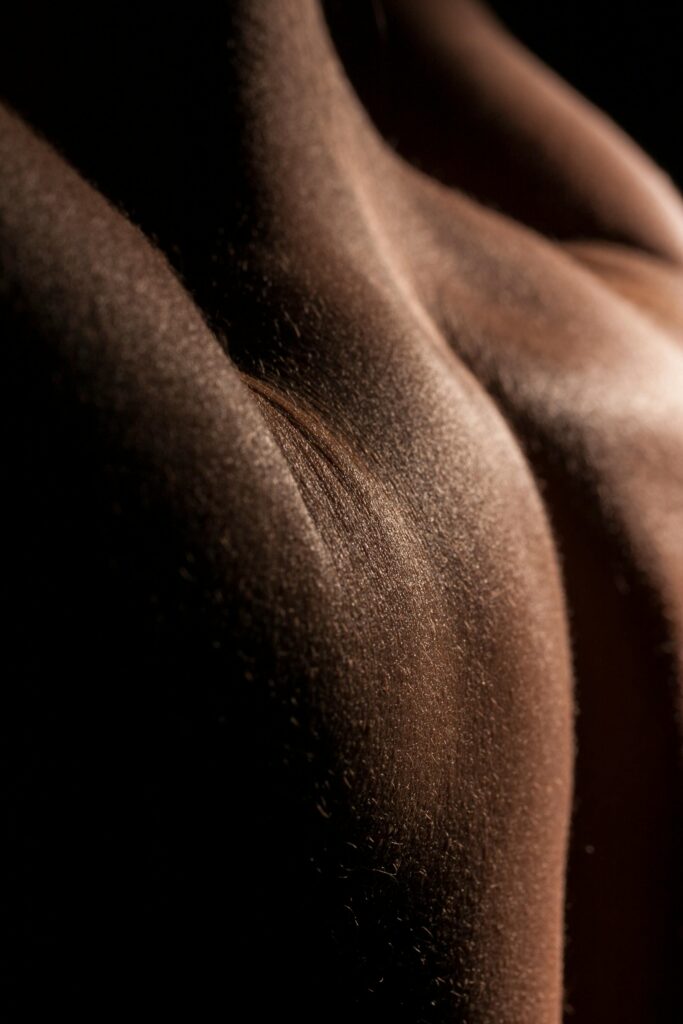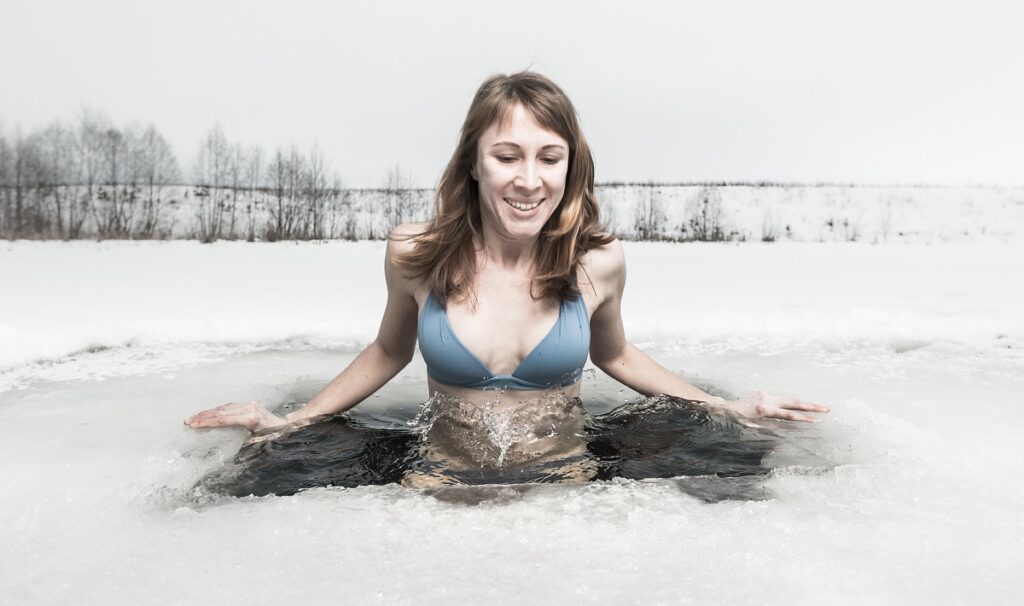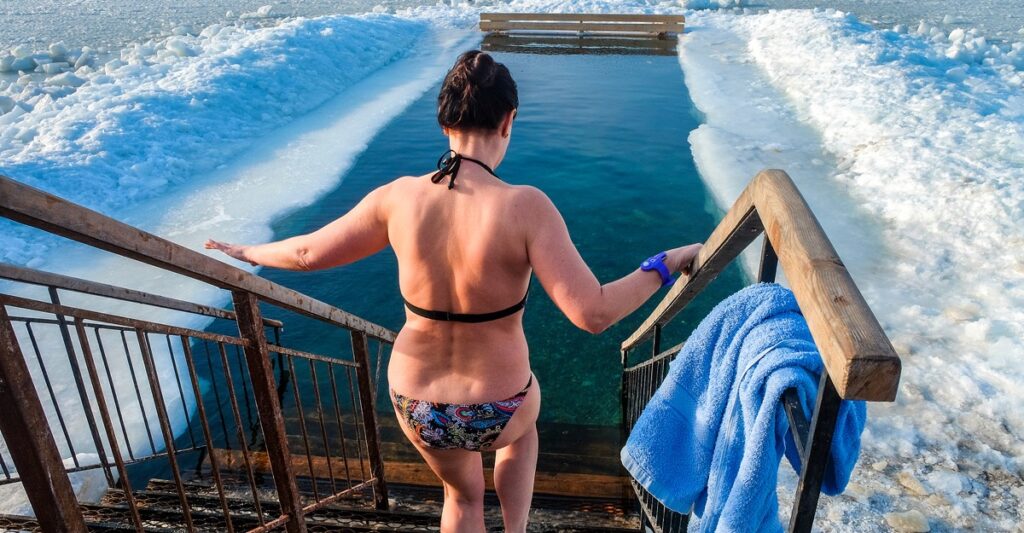Soothing Acne, Psoriasis, Insect Bites, and More
Cold plunging, or immersing yourself in cold water, is gaining traction in the wellness world for its reported benefits in skin care and inflammation reduction. While its effects vary from person to person, cold plunging might offer relief from symptoms of several skin conditions, including acne, psoriasis, eczema, insect bites, rashes, and even sunburn. Here’s a look at how cold plunging could benefit your skin and the precautions to keep in mind.
How Cold Plunging Can Benefit Skin Conditions
Many of the potential benefits of cold plunging for skin health come from its ability to calm inflammation and improve circulation. Here’s a breakdown of some specific ways cold plunging may support different skin conditions:
- Reduction of Inflammation: Cold exposure constricts blood vessels, which can help reduce redness, swelling, and inflammation in affected skin areas. This effect can provide temporary relief from flare-ups in conditions like acne, psoriasis, and eczema.
- Soothing Itchiness: Cold water can numb the skin and calm down itching, which may help with irritated, itchy conditions such as eczema, insect bites, and certain types of rashes.
- Oil and Sebum Control: For those with oily skin or acne, cold water can temporarily slow down sebum (oil) production, which may help reduce the chances of clogged pores and breakouts.
- Enhanced Circulation for Healing: After leaving the cold, your circulation increases as your body warms up, which can bring more oxygen and nutrients to the skin, potentially promoting healing and a natural glow.
Cold Plunging for Specific Skin Issues
Each skin condition responds differently to cold plunging, and the following sections highlight potential benefits and important considerations for each:
Acne
Cold plunging may offer several benefits for those with acne-prone skin, including reduced inflammation, oil control, and a potential tightening effect on pores. However, acne is often affected by various internal and external factors, so cold plunging alone isn’t likely to be a cure. If you have acne, consider these points:
- Benefits: Cold exposure can reduce inflammation, which may help calm redness and swelling in breakout areas. Lower sebum production from cold exposure may also reduce the likelihood of clogged pores.
- Limitations: While cold water can help reduce inflammation, acne has complex causes, including hormones, bacteria, and diet.
- Precautions: Cold water can dry the skin, so it’s important to moisturize afterward to prevent dryness, which can sometimes lead to more oil production as your skin compensates.
Psoriasis and Eczema
For those with inflammatory skin conditions like psoriasis and eczema, cold plunging might offer temporary relief from symptoms. The cold can calm itching and reduce visible signs of inflammation, although the effects are often short-lived.
- Benefits: Cold immersion can help soothe itchy, inflamed skin, reducing redness and swelling during flare-ups.
- Limitations: The effects of cold plunging for these conditions are often temporary, and symptoms may return shortly after immersion.
- Precautions: Some people with these conditions have very sensitive or broken skin, and cold exposure could further irritate it, so it’s wise to test cold water on a small area first.
Insect Bites and Stings
Cold plunging may provide relief from the itching, redness, and swelling associated with insect bites or stings. The numbing effect of the cold can temporarily ease irritation and reduce inflammation.
- Benefits: Cold exposure can quickly calm itching and swelling, making it an effective option for instant relief.
- Limitations: Cold immersion is a temporary solution, so the effects may wear off quickly.
- Precautions: Avoid cold plunging if the bite is broken, infected, or has open skin, as this can worsen irritation.
Rashes
Rashes from allergies, heat, or other irritants can sometimes be calmed by cold plunging. The cold helps reduce inflammation and relieve itching, which can make the rash less noticeable and more comfortable.
- Benefits: Cold water may relieve itching and calm irritated skin, providing a temporary solution for discomfort.
- Limitations: The effectiveness of cold plunging depends on the rash’s cause; allergic or persistent rashes may require additional treatment.
- Precautions: Cold water can be too intense on raw or severely irritated skin, so it’s essential to approach it with caution.
Sunburn
Cold water may soothe the pain and redness of sunburn by reducing inflammation. A short cold plunge can help numb the area, but it’s important not to overdo it, as sunburned skin is sensitive.
- Benefits: A brief cold plunge can relieve the burning sensation and reduce redness.
- Limitations: Cold immersion’s effects are temporary, and prolonged exposure could lead to further dryness of the skin.
- Precautions: Avoid cold plunging if the sunburn is severe, blistered, or peeling, as cold exposure can irritate damaged skin.
Potential Risks and Precautions with Cold Plunging for Skin Conditions
Cold plunging can be beneficial for some skin issues, but certain risks should be taken into account, especially if you have sensitive or damaged skin.
- Skin Sensitivity: Cold exposure may worsen sensitive or broken skin, which is common with conditions like eczema or severe sunburn.
- Risk of Further Irritation: Intense cold can sometimes lead to dryness, making it essential to moisturize after immersion.
- Precautions for Open Skin: Avoid cold plunging if you have open bites, infected areas, or broken skin, as it could worsen irritation.
- Contraindications: People with conditions like Raynaud’s disease should avoid cold exposure or consult a healthcare provider first.
Integrating Cold Plunging with Other Dermatological Treatments
While cold plunging may offer temporary relief, it’s most effective when used alongside a comprehensive skincare routine. Consider the following tips:
- Combination with Aftercare: For insect bites, rashes, or sunburn, cold plunging can be combined with aftercare such as soothing lotions, hydrocortisone, or doctor-recommended treatments.
- Timing: Cold plunging a few times a week may be beneficial, but daily plunges are usually not necessary for skin issues.
- Consulting a Dermatologist: Always discuss cold plunging with a dermatologist, especially for chronic or severe skin conditions, to ensure it complements rather than disrupts your treatment plan.
What Else to Know About Cold Plunging and Acute Skin Conditions
Cold plunging has anecdotal support as a potential remedy for various skin issues, though clinical studies are still limited. Research on cold exposure’s long-term effects on skin health is sparse, so it’s important to approach it as a complementary treatment rather than a standalone solution.


